Physalis or Peruvian groundcherry is a plant that offers cute, tasty fruits.
Physalis key facts
Name – Physalis alkekengi
Family – Solanaceae or nightshade
Type – perennial
Height – 20 to 32 inches (50 to 80 cm)
Exposure – full sun, part sun
Soil: well-drained – Flowering: late spring – Harvest: end summer → mid-fall
Caring for physalis is easy and the medicinal properties of its berries are famous across the world.
- Read also: Physalis health benefits
Planting and sowing physalis
Physalis is planted indifferently in fall or in spring.
- If your region is known for the cold of its winter, best plant in spring.
- Physalis loves growing in full sun but not if it’s too warm.
You can find physalis planted in shrub or flower beds, in pots and also in the vegetable patch.
How to sow physalis
If you wish to sow, we suggest covered sowing at the very beginning of spring.
- To trigger sprouting, keep your seed bed or tray at a temperature of about 65°F (18°C).
- Germination is very slow and can last several weeks.
- Transfer to the growing bed 6 to 8 weeks later, after any risk of freezing has disappeared.
Physalis in containers
It’s possible to grow physalis in a pot or garden box, for instance on a terrace or balcony. However, you’ll have to fertilize often to get an abundant harvest, especially after the first year is over.
Plant in well-draining soil mix, but also make sure there are ways for the soil to retain water. For instance, add hydroton or hydrogels in the potting mix.
- Don’t let the pot rest in sitting water.
- Protect from deep freezing in winter by winterizing the pot once leaves and stems have died off.
Multiplying physalis
It’s possible to divide the clump in spring or sow seeds at the same time (see sowing physalis above).
Physalis cuttings will root quite well, too.
Caring for physalis
Once properly settled in, physalis requires little care.
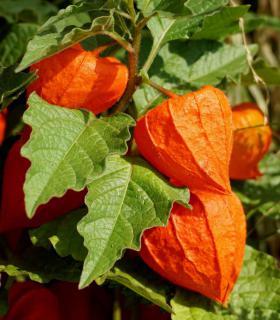
Adding tomato plant fertilizer with the same doses as the packaging label shows will enhance your physalis’ growth.
- If weeds such as nettle or horsetail are abundant: pull them out and make fermented fertilizer tea with them!
At the end of the growing season, you can speed up fruit ripening. Simply pinch the head off stems to focus all the sap on the fruits.
Insects and diseases that infect Physalis
Although it isn’t often under attack by parasites and diseases, physalis might occasionally show signs of:
- Aphids – leaves lose their original color and curl themselves into tube shapes
- Whiteflies – tiny white insects on leaves
- Rust – brown or tan blisters on the underside of leaves and yellow spots on the topside
Physalis also serves as a host for Septoria, even though the plant itself doesn’t suffer from it. This can then hop over to tomato, potato and eggplant to infect them.
Harvesting physalis
Physalis can be harvested as early as July for the earlier cultivars in the warmest regions. For later varieties, expect a harvest from September to October.
The harvest can indeed last until October and even November in regions where the climate isn’t as favorable. Physalis plants start dying at the first frost spells.
- Don’t wait for the first frosts, because you might lose everything that’s left of the harvest.
- Wait for the fruits to be very ripe before eating them. If not, they’re going to leave a pasty acidic taste in your mouth.
Whether the variety is a red, orange yellow or green-hulled variety, you can be sure they’re ripe when the hull turns purple and then brown. It will start to open up when the fruits are ready for harvest.
Main physalis cultivars
Peruvian coqueret or Peruvian physalis
- Hull – the berry that is as large as a gold-colored cherry is protected in a dry calyx.
- Productivity – Harvest starts in August, up until the first frost spells.
Plum-tasting physalis
- Hull – it looks exactly like the Peruvian coqueret, except that the size of the berry is smaller.
- Productivity – This is the earliest physalis variety, it’s harvestable at the end of July.
Mexican physalis or Tomatillo
- Hull – the calyx that protects the fruit is a delicate violet color with veins of green.
- Productivity – This very popular Mexican fruit thrives under its warm sun. Ready for harvest starting in August.
Source: Interfel
Learn more about physalis
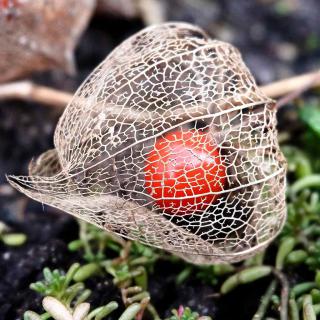
Laurie’s tip: fold the lantern back and dip the berry in a bowl of melted chocolate… Let it cool for an instant and bite it off! Delicious!
The name comes from the Greek root word physalis which means bladder. This is due to the calyx, which looks like that organ.
Physalis goes by many names depending on the region and the variety. You’ll hear of it as winter cherry, Cape gooseberry, Peruvian coqueret and even the romantic name amour-en-cage (“caged love”). The most common names are groundcherry, Chinese lantern and Japanese lantern (hōzuki in Japanese).
Physalis therapeutic value
Physalis contains high levels of vitamins A, B and especially C. It is also a rich source of beta-carotene when fully ripe.
The health benefits of physalis include treatment of urinary tract infections and rheumatism.
Sometimes, when sold without the hull, Physalis is confused with cherry tomato.
Smart tip about physalis
Fertilizer will help if your soil is poor and you wish to increase the harvest.

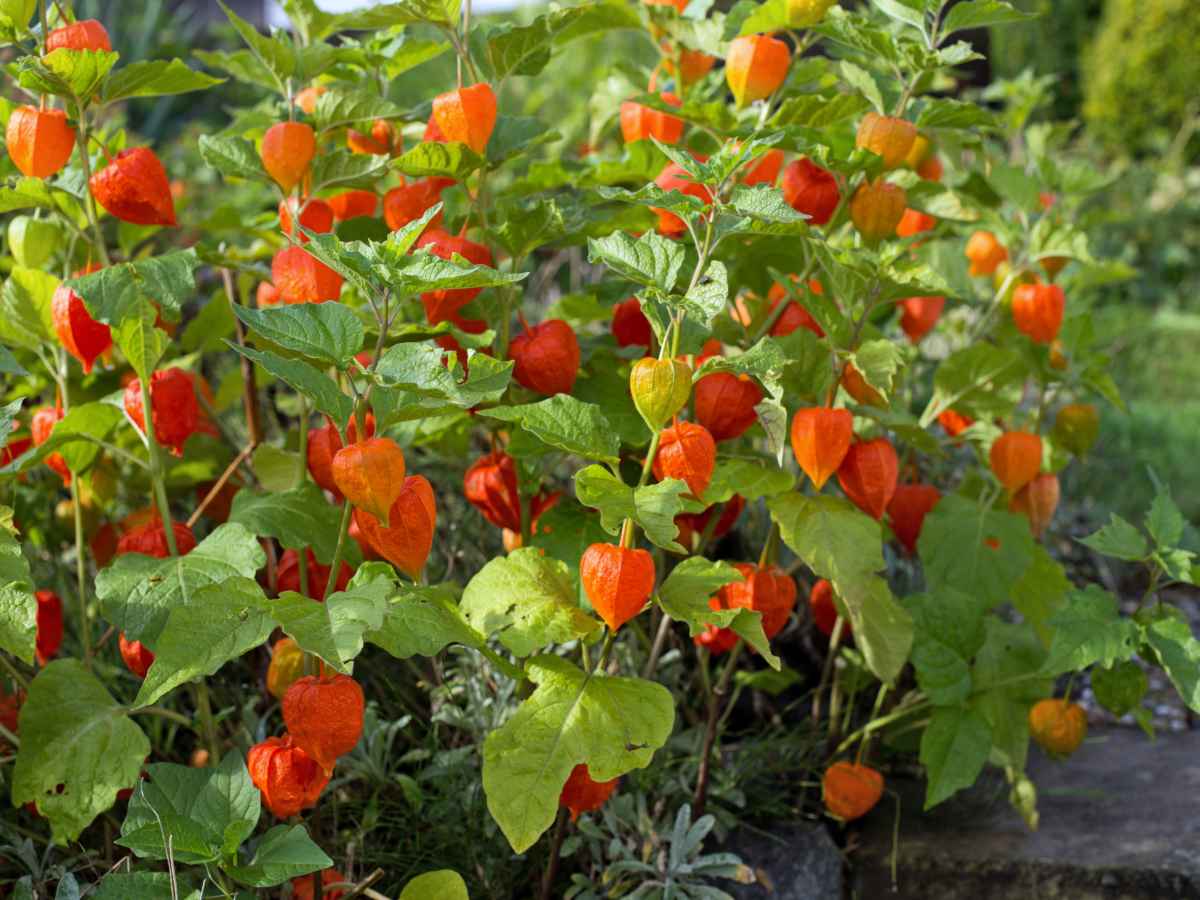

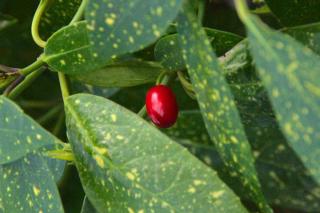
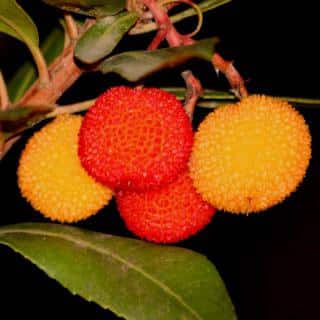
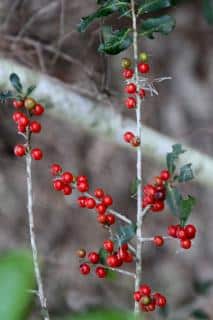
Dip them in chocolate after folding the lanterns back (and holding), delicious!!!
That’s very true! The taste of physalis pairs so well with chocolate you’re right!
Hola
A quien compro semillas de physalis con sabor a ciruela?
Are they used in salads or can I cook them?
You can eat them as they are, in a salad or as a fruit. Never tried cooking them to eat but I have made jam out of them and it’s lovely.
Hi Jane, that sounds brilliant! Never tried making jam, usually by the time I breakfast is over I’ve already nibbled up all the berries of the day, never had quite enough to think of another way of eating them!
That was really helpful as I had lost the seed packet and when I googled, there was a lot of scare information, (I did purchase seeds as edible). I believe they are perennial, in which case I will winter in the green house. Many thanks. Tina
Hi Tina, yes physalis is a perennial. When you leave them outside, leaves and stems will die back in winter, but will sprout again in late spring from the roots. If you grow them in a greenhouse, they will last a little longer. This is great because fruits come in late in the season and they need to be really ripe before picking!